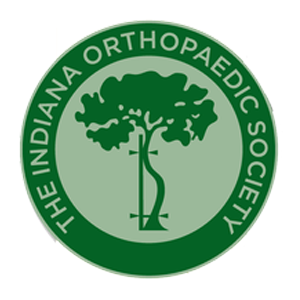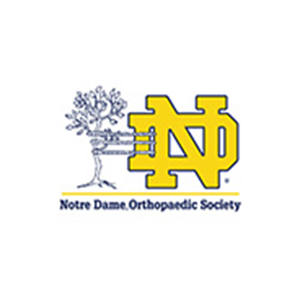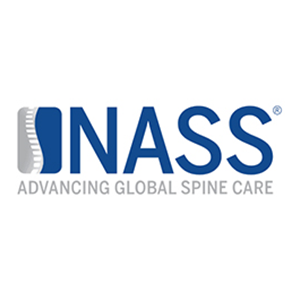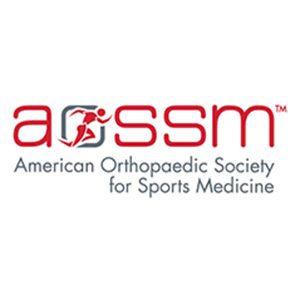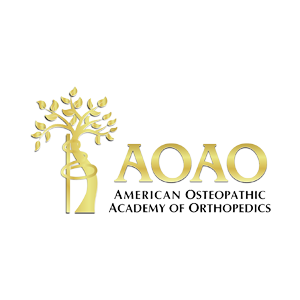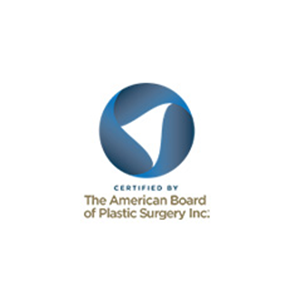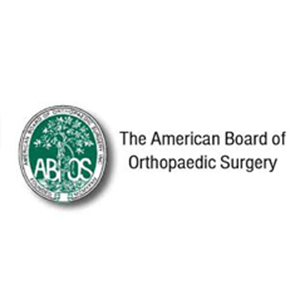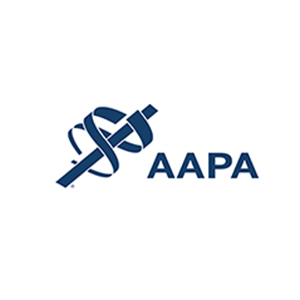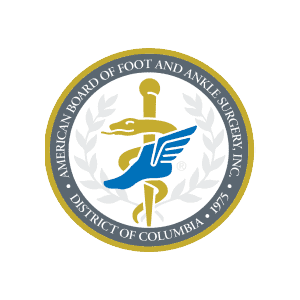What is Osteochondrial Defects/Cartilage Injury?
This condition, also known as osteochondritis dissecans (OCD) of the talus or a talar osteochondral lesion (OCL), occurs when the cartilage and the bottom bone of the ankle joint (talus) are damaged. Traumatic injuries, such as severe ankle sprains, or chronic overload due to malalignment or instability, are common causes.
Anatomy of Foot and Ankle
The intricate foot and ankle joints involve 26 bones, 33 joints, and various soft tissues like cartilage, ligaments, muscles, tendons, and bursae. These work together to support movement, stability, and balance.
Causes of Osteochondrial Defects/Cartilage Injury
Associated with traumatic injuries or chronic overload, this condition affects the talus, often stemming from severe ankle sprains. Chronic malalignment or instability of the ankle joint can also contribute.
Diagnosis of Osteochondrial Defects/Cartilage Injury
Doctors conduct a thorough examination, which may include imaging tests, to identify osteochondral defects or cartilage injuries. Diagnosing the size, location, and severity of the defect guides the treatment plan.
Treatment of Osteochondrial Defects/Cartilage Injury
Conservative Management
Rest and Immobilization: Limiting weight-bearing activities to allow healing.
Ice and Elevation: Managing pain and reducing swelling.
Medications
Pain Relievers: Nonsteroidal anti-inflammatory drugs (NSAIDs) for pain and inflammation.
Topical Medications: Creams or patches containing anti-inflammatory medications.
Physical Therapy
Range of Motion Exercises: Gentle exercises for joint flexibility.
Strengthening Exercises: Targeting supportive muscles.
Orthotics
Custom-made shoe inserts or braces to distribute pressure evenly and provide support.
Injections: Corticosteroid Injections: Injected into the joint to reduce inflammation and pain.
Hyaluronic Acid Injections: Providing lubrication to the joint for healing.
Biological Treatments
Platelet-Rich Plasma (PRP): Using the patient’s blood components to stimulate healing.
Minimally Invasive Procedures
Microfracture: Creating tiny fractures to stimulate new cartilage growth.
Marrow Stimulation Techniques: Procedures like drilling to promote cartilage formation.
Surgical Interventions
Cartilage Repair or Transplantation: Mosaicplasty or autologous chondrocyte implantation.
Osteotomy: Realignment of bones to reduce stress on the affected area.
Rehabilitation
Gradual return to weight-bearing activities post-intervention.
The choice of treatment is tailored to factors such as overall health, injury extent, and initial response to interventions. A comprehensive evaluation by one of our board certified orthopedic specialists is crucial for determining the most suitable treatment plan aligned with the individual’s condition

